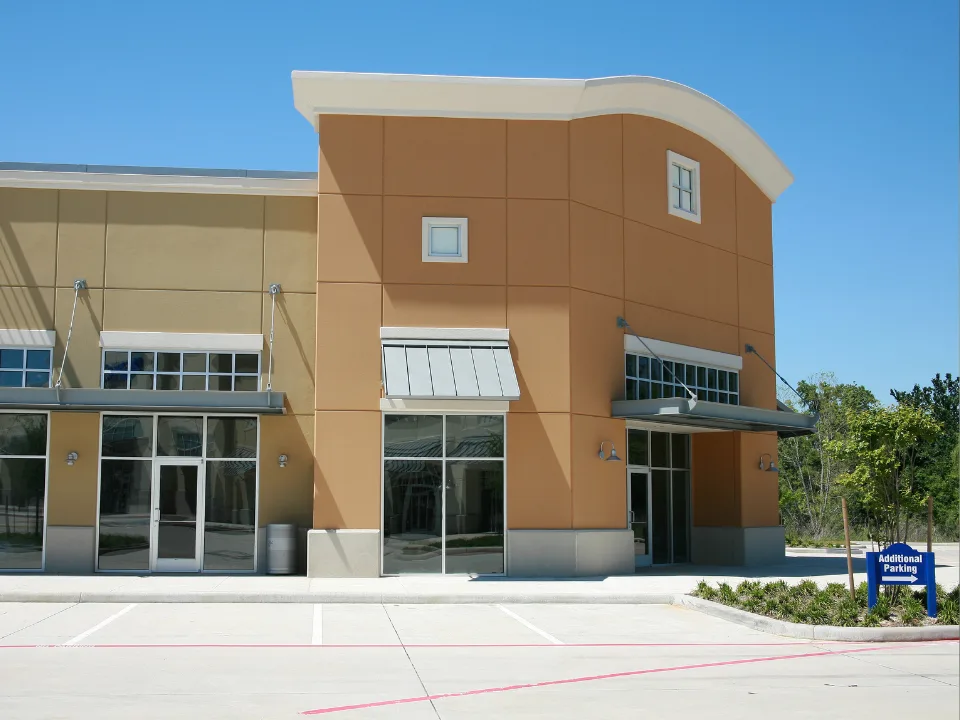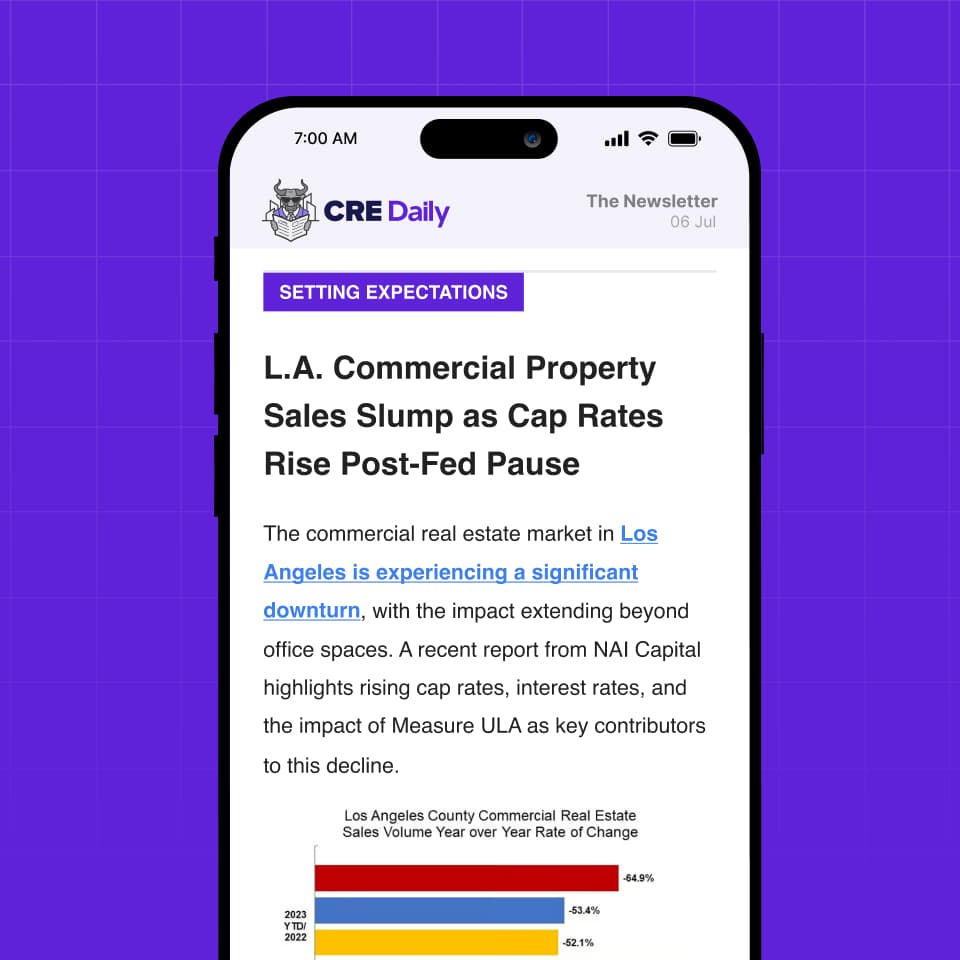- Lenders are increasingly using force-placed insurance when landlords let coverage lapse or fail to meet loan terms.
- These policies can cost up to 10x more than traditional insurance and are added to the borrower’s loan balance.
- Affected properties are typically smaller and concentrated in high-risk states like Florida, Texas, and New Jersey.
- CRE distress is rising, with over 10% of CMBS-backed assets in trouble by the end of 2024.
A Costly Backstop
As insurance premiums continue to climb, especially in disaster-prone states, landlords are struggling to maintain adequate coverage. When that happens, lenders step in with force-placed insurance to safeguard their loans, according to Bisnow. While it protects against risks like fire and wind damage, it comes with a hefty price tag and limited coverage scope.
This backup coverage can significantly increase monthly debt service and put additional strain on borrowers already dealing with higher interest rates and operating costs. In some cases, force-placed insurance has pushed borrowers into default or forced them into negotiations with special servicers.
Distress on the Rise
The broader backdrop is worsening financial distress in commercial real estate. According to Cred iQ, more than 10% of CMBS-backed properties were distressed by late 2024. Delinquency rates for bank-held CRE loans have nearly tripled since 2022, signaling systemic pressure on property owners.
Get Smarter about what matters in CRE
Stay ahead of trends in commercial real estate with CRE Daily – the free newsletter delivering everything you need to start your day in just 5-minutes
Real-World Impact
Several smaller properties have already seen financial fallout from force-placed coverage. In Miami Beach, the Z Ocean Hotel’s debt payments quadrupled after its servicer imposed the policy, leading the borrower into default. Similarly, a New Jersey office property was transferred to special servicing after the borrower fell behind on more than $180,000 in insurance-related costs.
Morningstar Credit data shows multiple similar cases, with force-placed insurance showing up in CMBS watchlists across Florida, Texas, New York, and Arizona.
Why Small Owners Are More Vulnerable
Smaller landlords often lack the negotiating leverage of large portfolio owners, exposing them to higher premiums or limited insurance availability. With costs rising — apartment insurance alone rose 132% in 2023 compared to pre-pandemic averages — many are priced out of traditional coverage altogether.
The Lender Balancing Act
While lenders don’t want to impose costly policies, they must protect their collateral. Many institutions actively monitor coverage expiration and try to work with borrowers before force-placing a policy. But in today’s market, even proactive communication doesn’t always prevent it.
Borrowers are typically given 45 days’ notice before force-placed insurance is applied, followed by a 15-day grace period to secure compliant coverage. However, that window may not be enough in markets with limited carrier options or high disaster risk.
Bottom Line
Force-placed insurance is no longer a niche issue — it’s becoming a growing stress point in a fragile commercial real estate market. As more landlords struggle to keep up with surging costs, lenders are increasingly stepping in to protect their investments, often at the expense of borrower solvency.
The trend underscores a growing reality: for many property owners, insurance is becoming the next big threat to staying above water.















